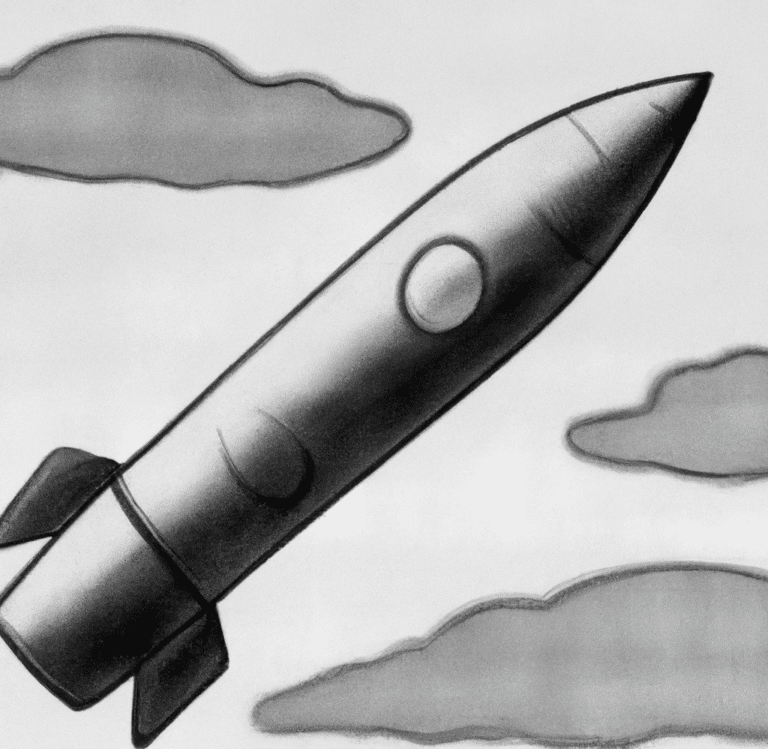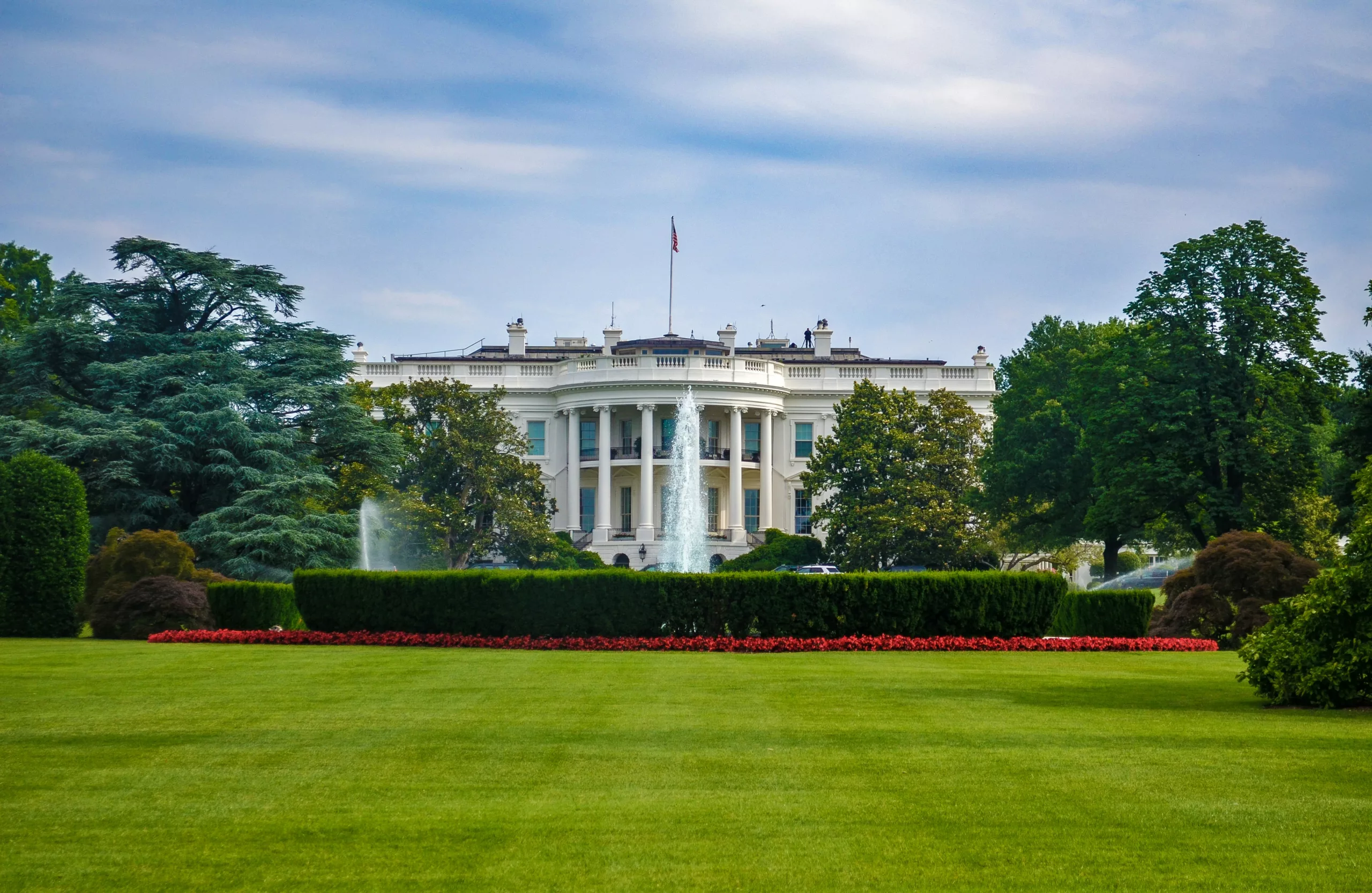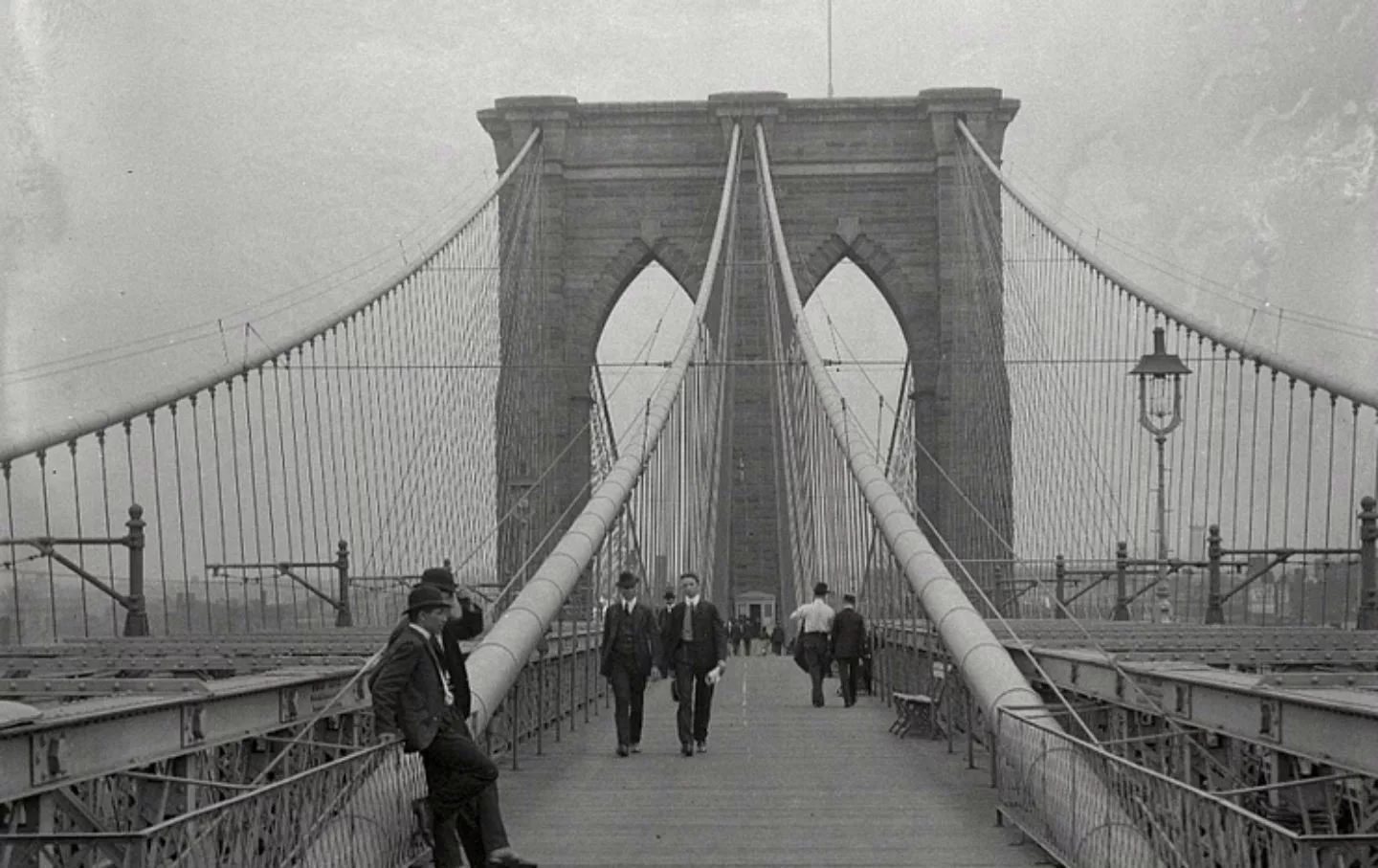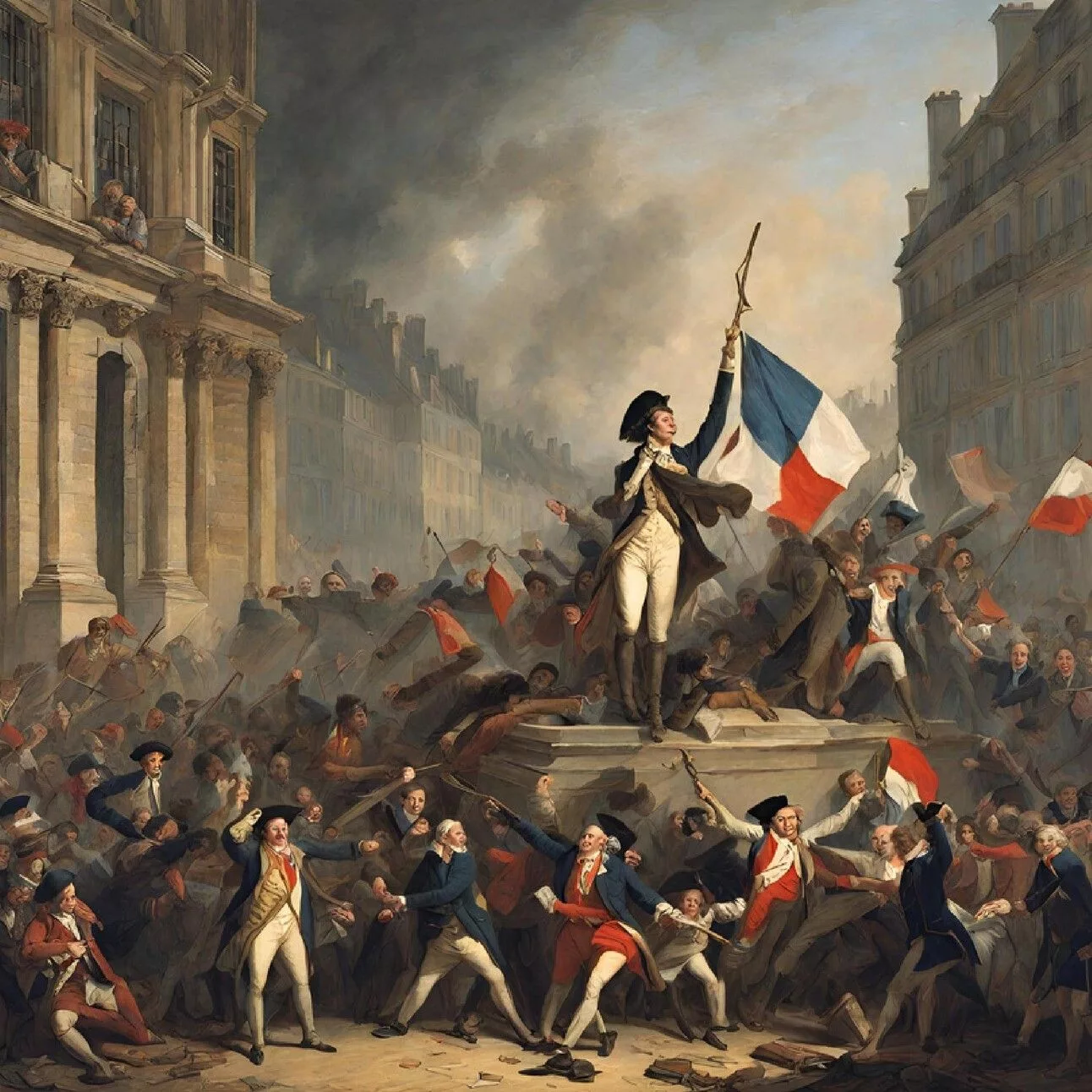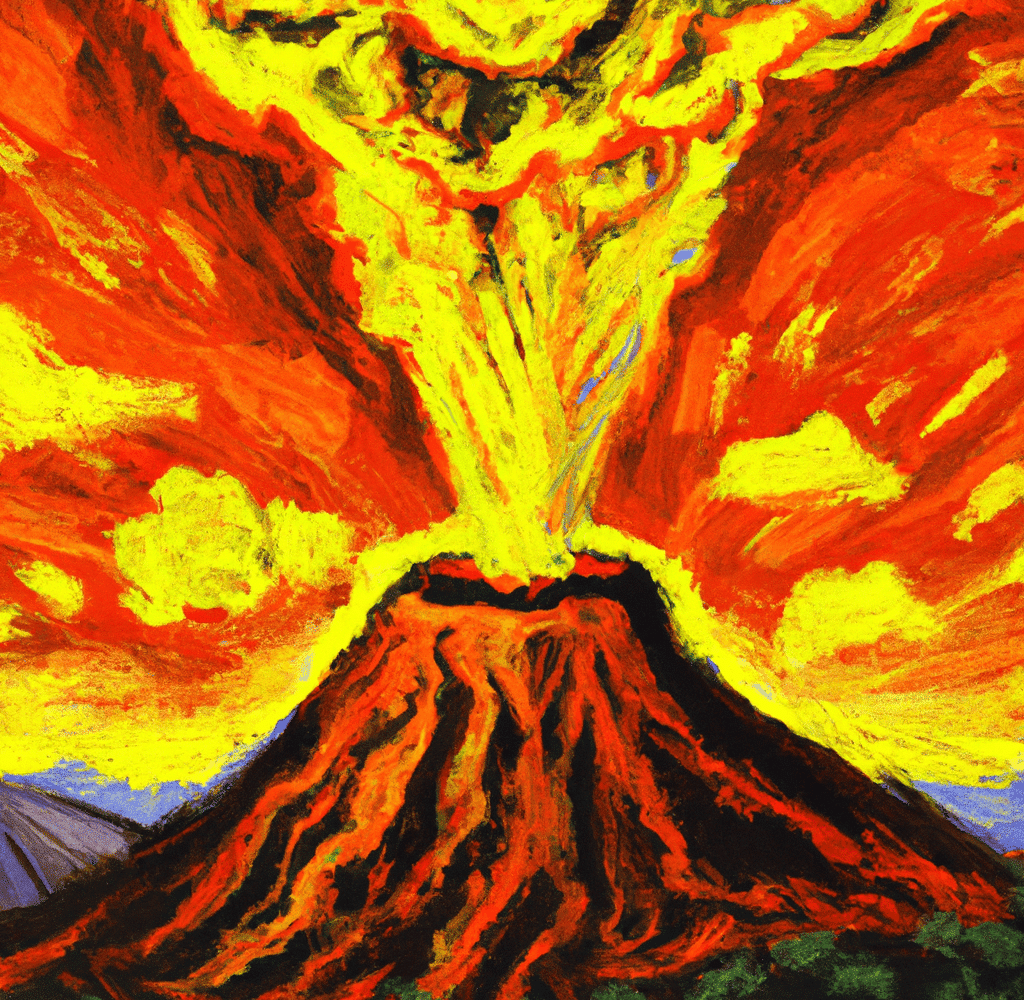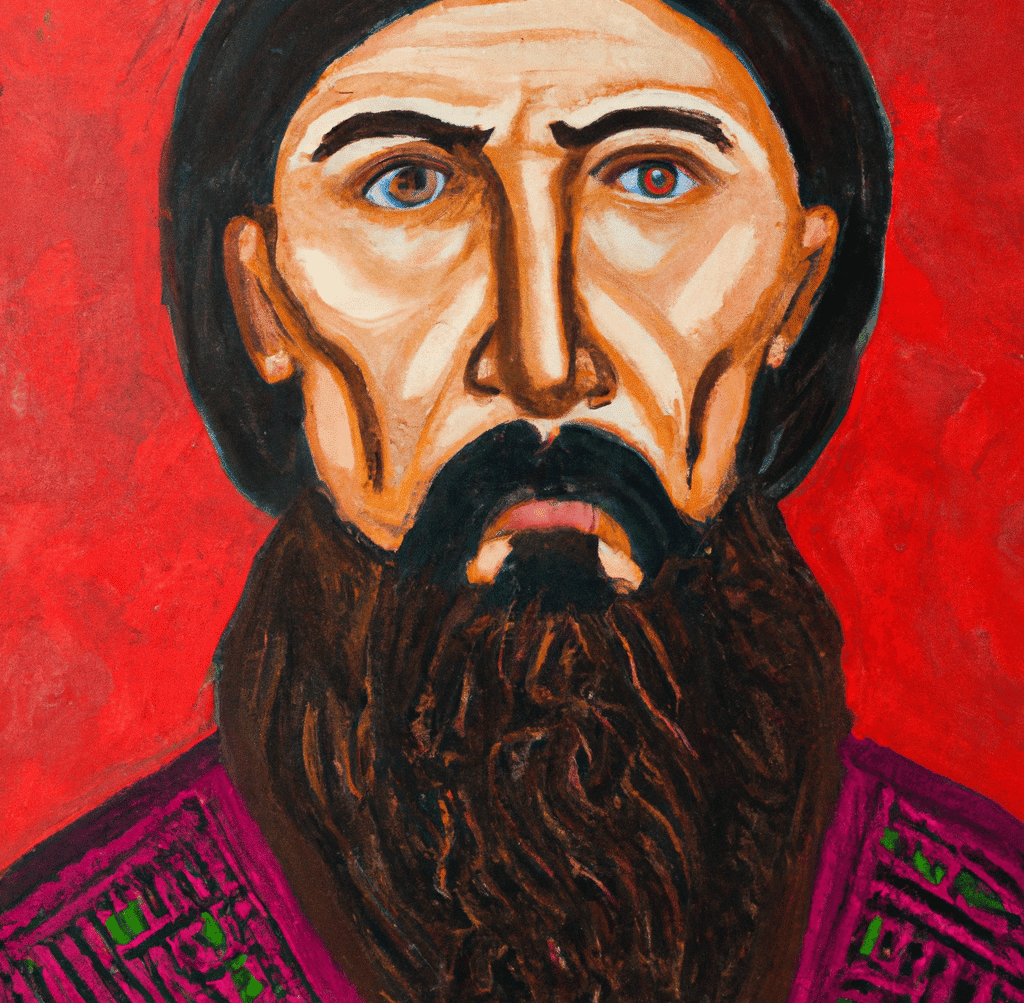Dear History Enthusiast,
Welcome to another edition of the Historyinmemes Newsletter! Today, we’re looking into one of the most heart-pounding and pivotal moments of the 20th century: the Cuban Missile Crisis.
🚀 The Cuban Missile Crisis Unveiled The Cuban Missile Crisis, a 13-day confrontation in October 1962, brought the world to the edge of nuclear war. Let’s explore the harrowing details of the crisis, from the covert placement of Soviet missiles in Cuba to the high-stakes negotiations that ensued.
1. Covert Soviet Missile Placement:
The crisis began when the United States discovered that the Soviet Union had secretly installed nuclear missiles in Cuba, a close ally of the Soviets. These missiles were capable of striking major U.S. cities, bringing the threat of nuclear war closer to American shores than ever before.
The presence of these missiles in Cuba was a strategic move by the Soviet Union, in response to the U.S. deployment of missiles in Turkey and Italy. It was a high-stakes gambit in the ongoing Cold War struggle between the superpowers.
2. A World on the Brink:
As the news of the missile deployment in Cuba became public, the world held its collective breath. The United States and the Soviet Union, both armed with vast nuclear arsenals, were in a standoff.
U.S. President John F. Kennedy and Soviet Premier Nikita Khrushchev found themselves in an intense confrontation, with the potential for miscalculation that could lead to nuclear war.
The world watched in fear as the two superpowers seemed on the verge of mutual destruction.
3. High-Stakes Negotiations:
The crisis sparked a series of intense negotiations and diplomatic efforts. Kennedy ordered a naval blockade of Cuba to prevent further missile shipments and demanded the removal of the existing missiles.
Behind-the-scenes diplomacy between Kennedy and Khrushchev was crucial in defusing the crisis. They communicated through letters and secret backchannels, seeking a resolution that would avoid nuclear conflict.
Ultimately, Khrushchev agreed to remove the missiles from Cuba in exchange for a U.S. commitment not to invade the island and a secret pledge to remove U.S. missiles from Turkey. The crisis de-escalated, and the world breathed a collective sigh of relief.
🌐 A World on Edge The Cuban Missile Crisis transcended being solely a U.S.-Soviet standoff; it became a global moment of reckoning. With the world watching anxiously, leaders grappled with decisions that could have plunged humanity into nuclear catastrophe. The crisis underscored the shared responsibility of leaders worldwide to avert a global calamity, serving as a sobering reminder of the grave risks associated with nuclear weapons.
💡 Brinkmanship and Diplomacy Discover the strategies and diplomacy employed by President John F. Kennedy and Premier Nikita Khrushchev as they navigated the perilous waters of the Cold War. The crisis revealed the fine line between brinkmanship and disaster.
. Kennedy’s Strategic Approach:
President Kennedy opted for a multifaceted strategy to address the crisis. He implemented a naval blockade around Cuba to prevent further missile shipments while avoiding the term “blockade” to prevent it from being considered an act of war. Instead, he termed it a “quarantine.”
Kennedy addressed the American public through a televised address, explaining the situation and emphasizing the gravity of the threat. He aimed to gain public support for the measures taken.
2. Khrushchev’s Response:
Premier Khrushchev’s response was a blend of assertiveness and willingness to negotiate. He initially denied the presence of missiles in Cuba but later acknowledged it, maintaining that they were for defensive purposes.
Khrushchev wrote a series of letters to Kennedy in which he conveyed a desire to resolve the crisis peacefully and avoid nuclear conflict. These letters formed a critical channel of communication between the two leaders.
3. Backchannel Diplomacy:
A significant aspect of the diplomacy was the use of backchannel communication. Both leaders recognized the need for secret, direct communication to avoid misinterpretations and miscalculations.
Attorney General Robert F. Kennedy engaged in secret meetings with the Soviet Ambassador to the U.S., Anatoly Dobrynin, to explore potential solutions.
4. The Delicate Balance:
The crisis revealed the delicate balance between brinkmanship and disaster. Both leaders had to maintain a tough public posture while seeking peaceful resolutions behind the scenes.
Kennedy’s quarantine was a display of resolve, while Khrushchev’s initial denial of missiles aimed to protect Soviet interests. However, the private negotiations were a testament to their understanding of the devastating consequences of escalation.
5. The Outcome:
Ultimately, both leaders recognized the grave danger of nuclear war. They reached an agreement in which the U.S. pledged not to invade Cuba and secretly agreed to remove U.S. missiles from Turkey in exchange for the removal of Soviet missiles from Cuba.
This resolution averted a direct military confrontation and a nuclear exchange, demonstrating the importance of diplomacy and crisis management in preventing disaster during the Cold War.
🔥 Legacy and Lessons Learned The Cuban Missile Crisis’s lasting legacy includes shaping superpower strategies and influencing arms control agreements. It emphasizes the pivotal need for diplomacy and crisis management to prevent nuclear catastrophe. This historic event serves as a stark reminder of the importance of responsible statecraft and continues to influence global security efforts.
🌟 Memes and More As always, we’ve incorporated our unique historical humor into the mix with carefully curated memes that capture the tension and high-stakes nature of the Cuban Missile Crisis.
📚 Recommended Reading For those eager to delve deeper into this topic, we’ve compiled a list of recommended books and resources to expand your knowledge of the Cuban Missile Crisis and its lasting impact.
Book: “Thirteen Days: A Memoir of the Cuban Missile Crisis” by Robert F. Kennedy
A firsthand account by Robert F. Kennedy, who was at the center of the crisis as Attorney General. This memoir provides unique insights into the decision-making process and the inner workings of the Kennedy administration during the crisis.
Book: “The Cuban Missile Crisis in American Memory: Myths versus Reality” by Sheldon M. Stern
This book critically examines the myths and realities surrounding the Cuban Missile Crisis and how it has been remembered in American history. It delves into the historical accuracy of popular narratives and their impact on public perception.
Book: “One Minute to Midnight: Kennedy, Khrushchev, and Castro on the Brink of Nuclear War” by Michael Dobbs
Michael Dobbs offers a detailed account of the events leading up to the crisis and the high-stakes negotiations that took place. The book provides a comprehensive look at the pivotal moments and key players involved.
Thank you for taking the time to read and stay informed. I look forward to sharing more pieces of history in the upcoming editions of the Historyinmemes Newsletter.
Stay curious, keep exploring history, and remember the lessons of the past to guide us in the present and future.
Warm regards,
Evan Founder, Historyinmemes Newsletter

